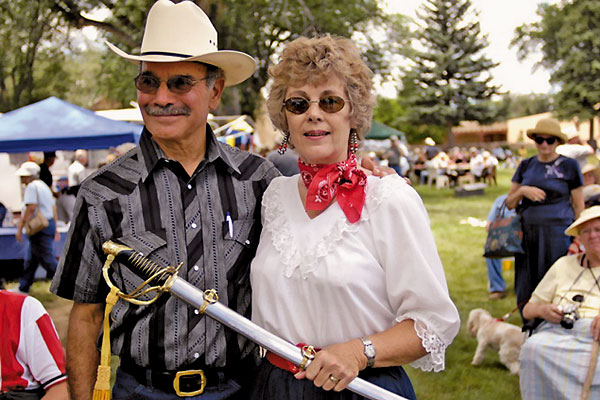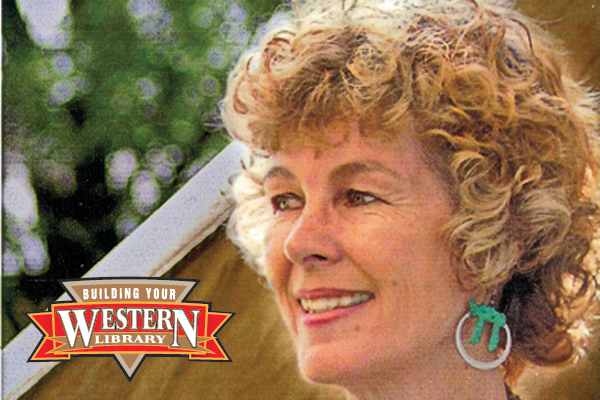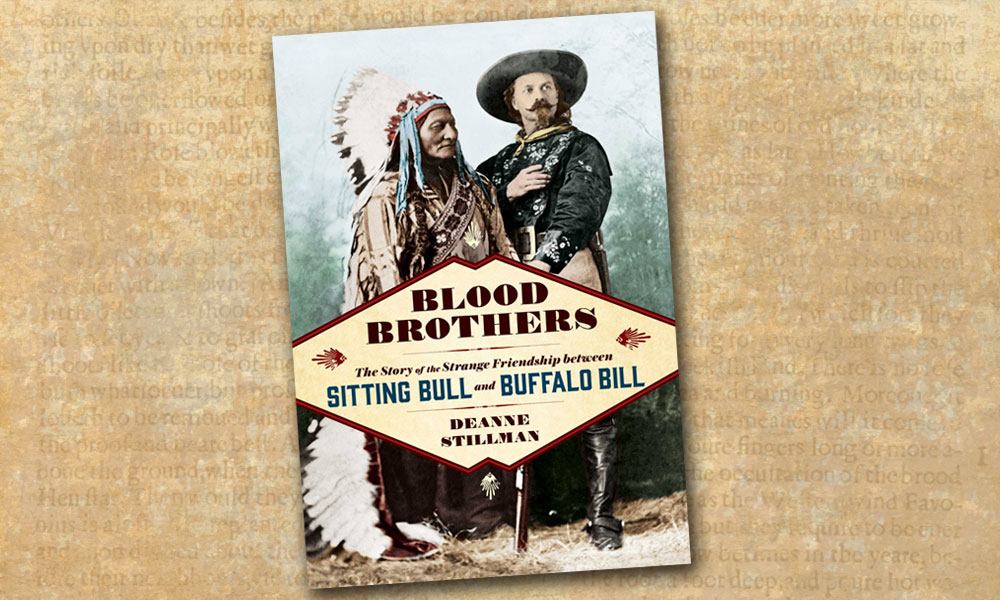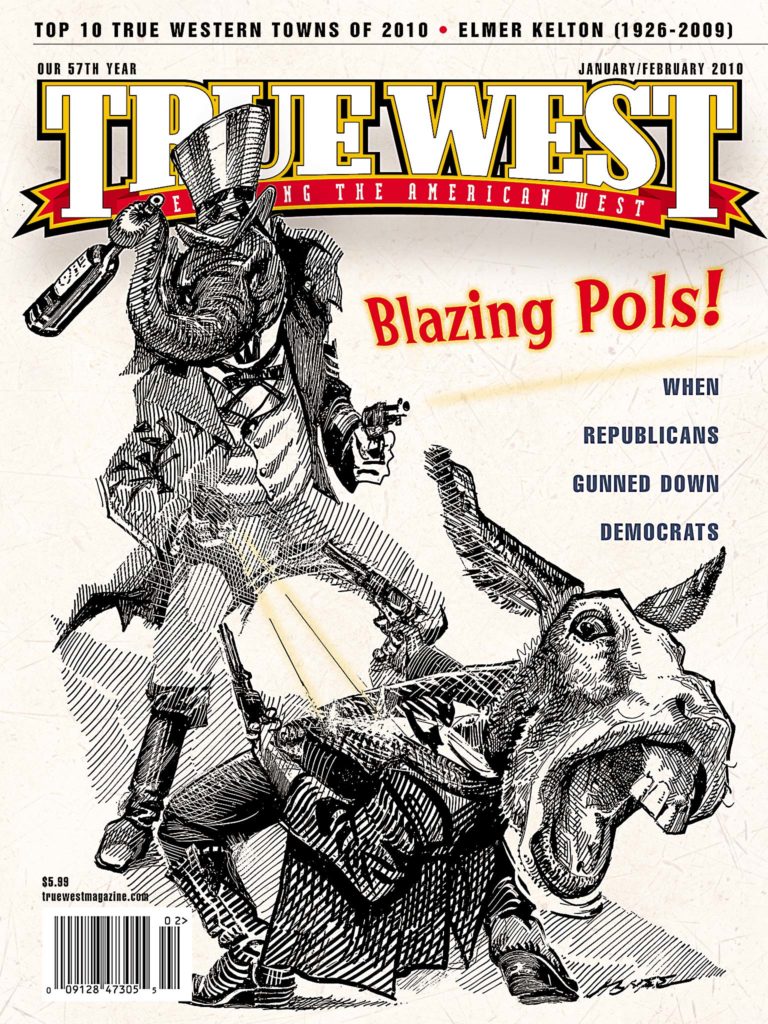
The Lincoln County War comes alive at Fort Stanton through the ghosts that roam the nearby hills and the buildings on the parade ground. The jail that held just about every outlaw in Lincoln County at one time, including Billy the Kid; the place where the Dudley Court of Inquiry was held; the Commandant’s home where Kit Carson lived; and the site where Murphy, Dolan and the Santa Fe Ring tried to gain control all tie into the Fort.
Chewing gum, duct tape and baling wire held the fort together for way too long. Now all that is being replaced by incredible historic preservation work on the 1855-80 structures and in building the interpretive plan for the near future.
The most exciting artifact recently discovered at Fort Stanton was a huge, yellow sandstone rock carved with the date 1882 and the insignia of what we think was the 4th Cavalry. The cornerstone was face down in the earth, and it took three men to move it.
I give tours of Fort Stanton to help others “hear” the bugles of the Buffalo Soldiers returning or the flute music of an Apache ceremony; to help them envision how the interned Germans felt as they were detained for more than four years; and to educate the public about how the Public Health Service saved hundreds of our men from the devastation of the white plague (TB). Each of these phases are significant chapters of the Fort.
A red tailed hawk brought me to David Tremblay, my photography partner on this book. I had seen a copy of one of his many beautiful photos of a red tailed hawk and asked him for a copy to use in my book about the fort. We first met at the Fort to exchange information and the photo, and I invited him and his wife to tour the fort with me. The rest is history.
Mi buen amigo Frederick Nolan wrote a hell of a “zinger” introduction for the Fort Stanton book explaining why this magnificent place needed to be preserved. From a young Englishman’s perspective in the early 1970s he recognized that it was one of the few such places in the United States that was the real McCoy, and his knowledge of the Lincoln County War comes full circle to this place, the heart of Lincoln County.
Eve Ball, my mentor, would be smiling now because she knew what a tough task master she was during my earlier writing experiences and research. My book on Fort Stanton would please her immensely in this, the 25th anniversary of her passing on to the land beyond the shining mountains.
I admire Mary Serna because she is a hard driving, gutsy lady who, through her work as project administrator with the St. Joseph Apache Mission Restoration project, is building bridges between and among cultures. We have encouraged each other because restoration work is difficult and expensive, and one needs to soldier on, even when little funding is available.
One interesting anecdote most don’t know about Fort Stanton is that at the WW II German internment camp across the river, Nazi artifacts were found in a hidden underground room beneath the mess hall.
What history has taught me is that it is incumbent upon us, as a society, to preserve our heritage for future generations. A nation that does not respect its heritage has no future. This requires leadership, thinking outside the box, guts, creativity and solid funding.
Lynda A. Sánchez, Author
Lynda A. Sánchez earned the 2007 Preservation Award recognizing her work in saving New Mexico’s Fort Stanton, a story she shares in her book Legacy of Honor, Tradition of Healing: Fort Stanton. Her husband James quipped, “you never argue with a woman carrying a sword,” and her opposition found out that was true. She and her family live on a small ranch along the Bonito River in southern New Mexico. Her time in the Peace Corps in South America, her archaeological field work at Mesa Verde and in Mexico and Belize all guided her to the colorful mosaic of folk heroes, legends and the incredible history of the American Southwest. Sánchez is also an advocate for the preservation of our veterans’ legacy.





